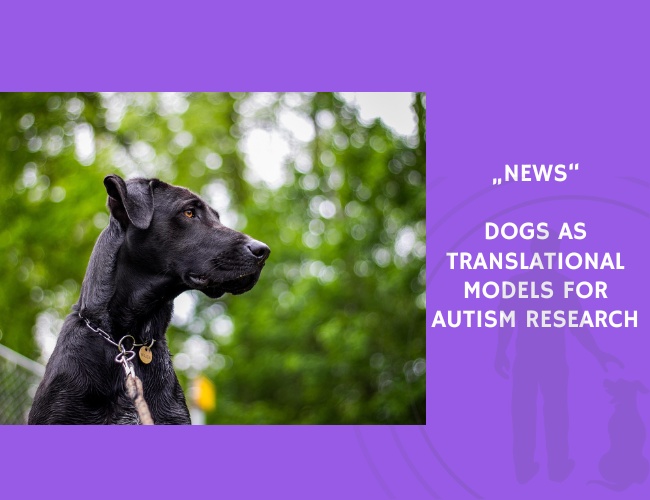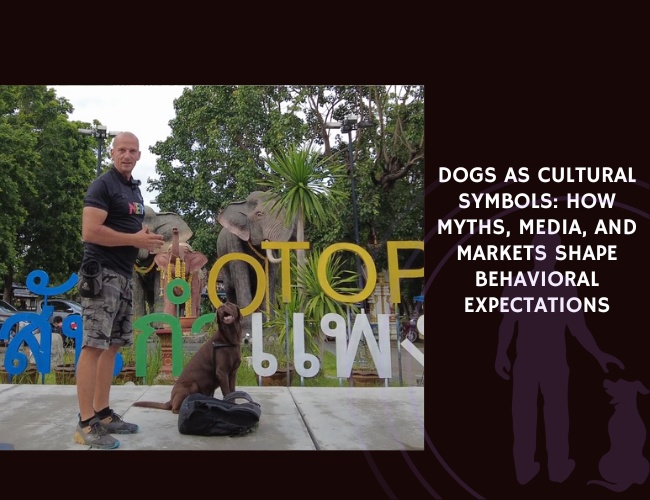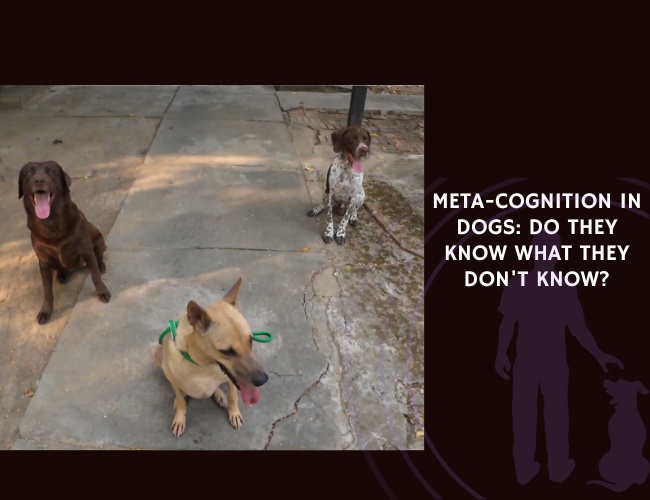Topál, Román, and Turcsán (2019), publishing in Wiley Interdisciplinary Reviews: Cognitive Science, examined the potential of dogs (Canis familiaris) as translational models for autism spectrum disorder (ASD). The authors reviewed the challenges of autism research, which requires animal models with face validity (observable behavioral parallels), construct validity (shared biological and etiological mechanisms), and predictive validity (similar responses to treatment).
They argue that dogs uniquely satisfy these criteria better than traditional rodent models. Key reasons include the wide individual variability in canine social cognition, the high phenotypic similarityshared neurobiological underpinnings. Dogs display functional analogues to human ASD symptoms, such as differences in attention to social cues, variability in social engagement, and altered emotional reactivity.
Unlike rodent models, dogs live in complex human environments and develop behaviors shaped by close interspecies social interaction. This makes them particularly relevant for studying ASD, a disorder defined by impairments in social communication, repetitive behaviors, and restricted interests. Furthermore, the dog’s evolutionary history of domestication has shaped its brain and behavior in ways that may more closely mirror human socio-cognitive processes.
The authors conclude that advancing canine models in autism research could help identify biomarkers, therapeutic targets, and interventions with higher translational relevance for human ASD. They emphasize moving beyond theoretical promise into practical research applications that integrate canine cognition with human clinical findings.
Source: Topál, J., Román, V., & Turcsán, B. (2019). The dog (Canis familiaris) as a translational model of autism: It is high time we move from promise to reality. Journal: Wiley Interdisciplinary Reviews: Cognitive Science, Volume 10(4), e1495. Publication Date: 2019-07-01. Authors: J. Topál, V. Román, B. Turcsán. References: 101. Citations: 33.










